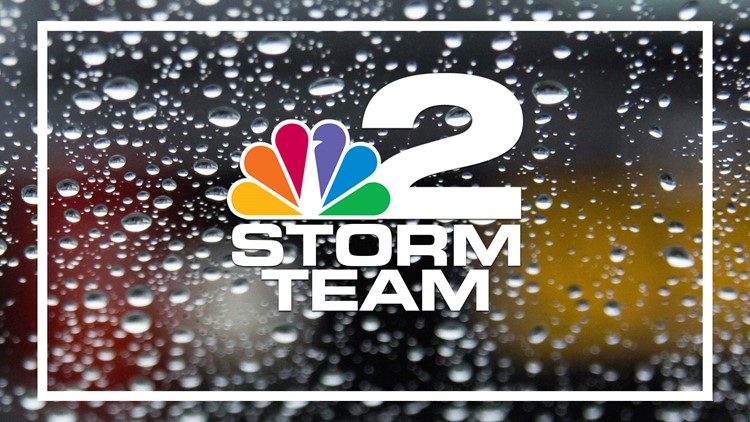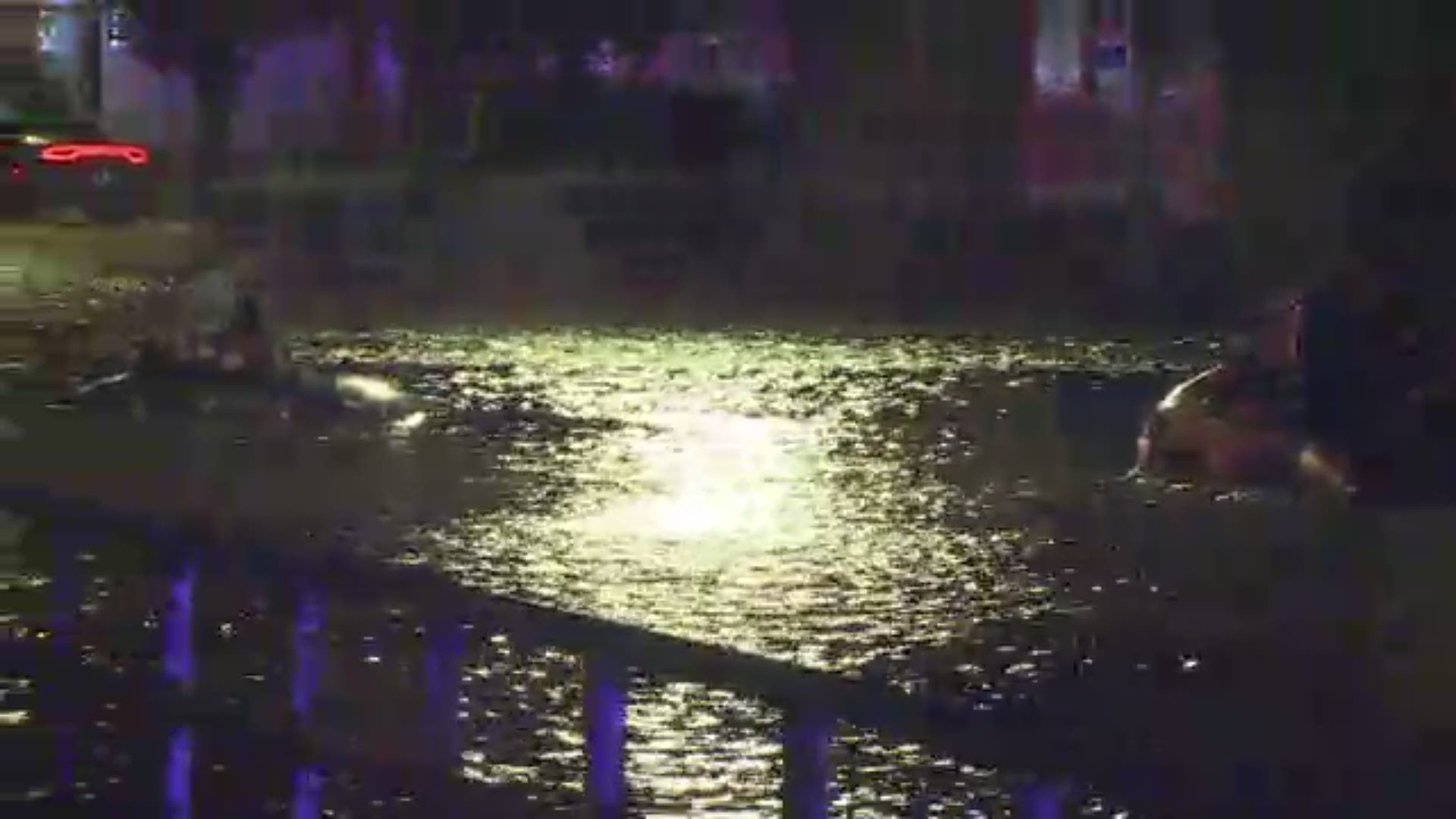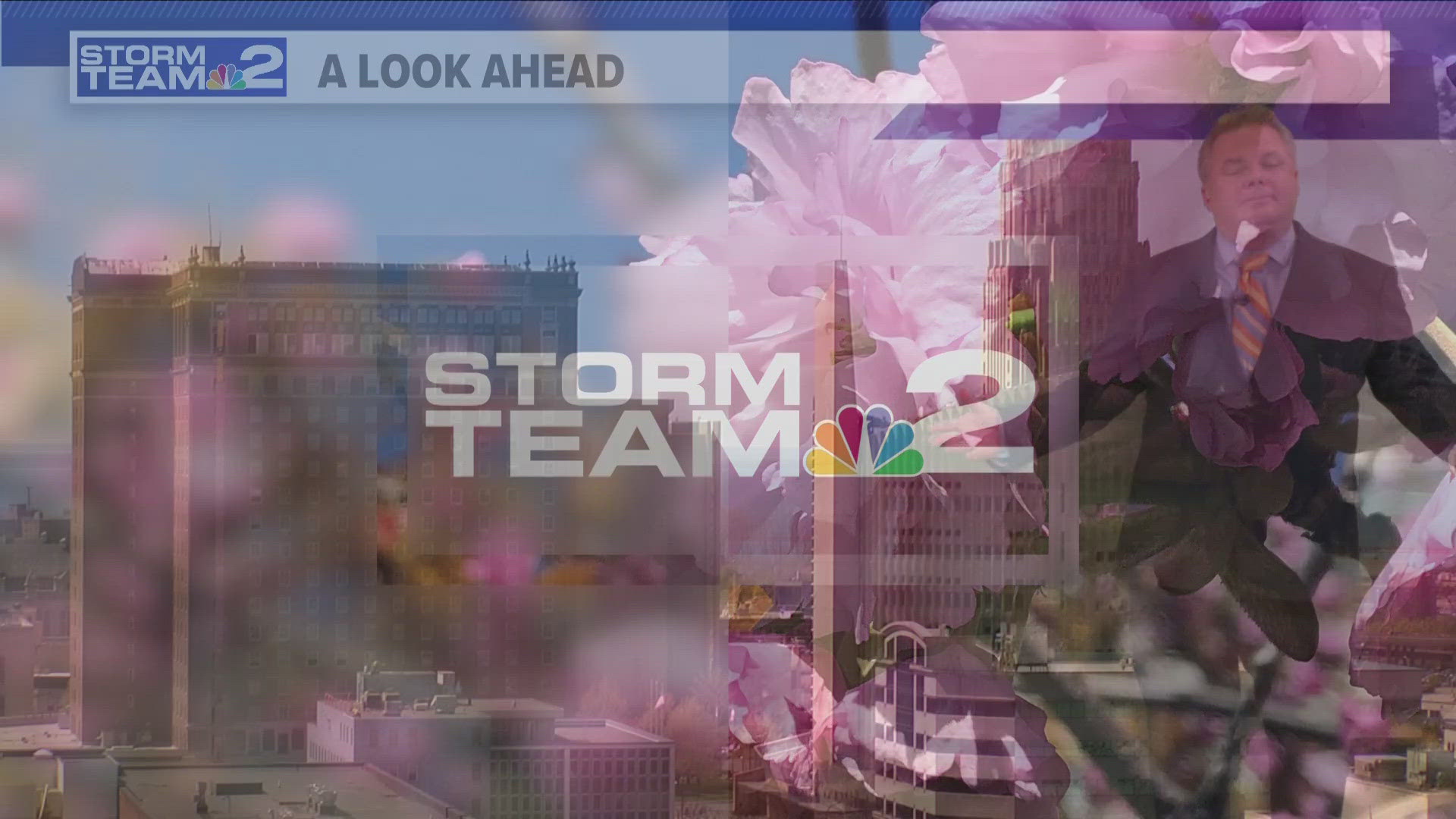BUFFALO, N.Y. — Beginning February 19, 2020, new criteria will dictate how flash flood alerts are received in an emergency. The National Oceanic and Atmospheric Administration, known as NOAA, announced Wednesday that cell phone alerts sent in the event of a flash flood will be issued only for the most high-risk of situations with damage tags of "considerable" or "catastrophic."
Approximately 15% of flood events would meet the criteria for one of these alerts.
The change comes after consumer complaints of frequent alerts with no consequence. Mentioned in NOAA's statement, the goal is to greatly reduce the number of flooding alerts and highlite instances with imminent danger.
All flash flood alerts will still be shared via NOAA Weather Radios, the Emergency Alert System, National Weather Service and Storm Team 2, but only the flash flood emergencies described above will trigger a Wireless Emergency Alert.
Wireless Emergency Alerts, or WEAs, are auto-generated, geo-targeted messages sent out in the event of severe weather, Amber alerts, or government announcements. When an WEA is sent out, a smartphone will vibrate, sound with three loud beeps followed by one with a higher pitch and include a corresponding text message. In the case of severe weather and flooding, smartphones will only sound if they are within the impacted with a potential overflow of a tenth of a mile.
The most common types of flash flooding in Western New York come from heavy rain and ice jams. In mid-August, 2-3 inches of rain closed several roads and caused power outages in Clarence and Kenmore and another early November flood event lead to a water rescue in Downtown Buffalo.
As far as flood potential this spring, there's not much cause for concern at this point. Kirk Apffel, the Hydrology Project Manager at the National Weather Service in Buffalo, mentioned that the most common type of flooding WNY could experience this spring is river flooding. River flooding occurs when springtime rainfall and snow melt combine to cause a steady, more predictable rise in water levels.
An example of a type of flooding that would warrant a cell phone alerts, or WEA's, is what occurred in the Gowanda flood of 2009. A catastrophic flood, the flooding that took place from August 9-10, 2009 in Gowanda caused 45 million dollars in damage and one fatality.
RELATED: Gowanda's Long Wait for FEMA Funds
Wireless Emergency Alerts will also be able to support both English and Spanish users.




